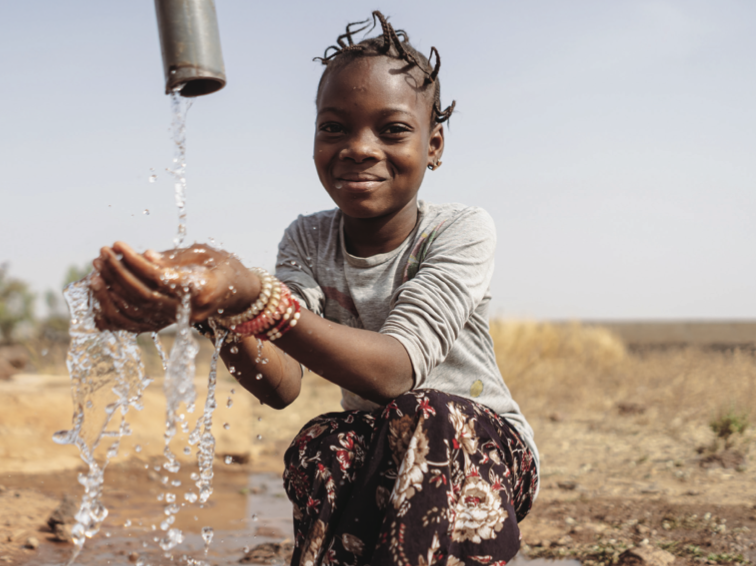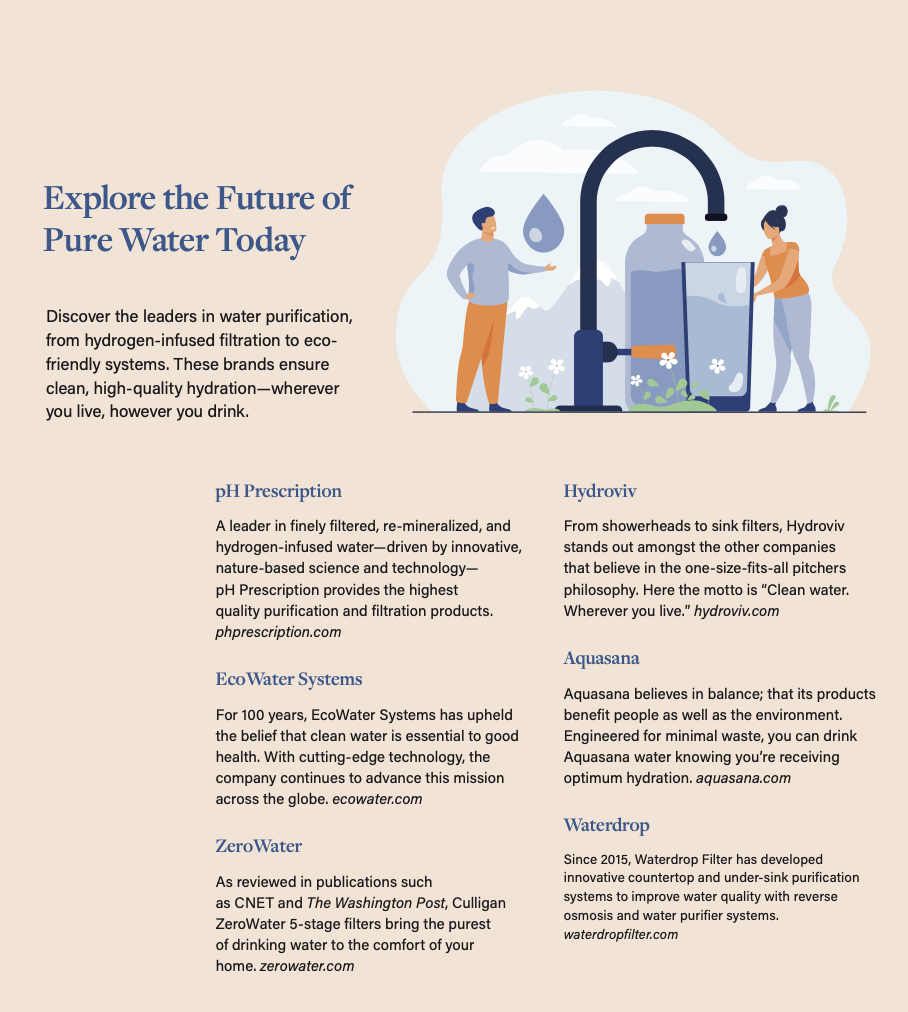Water sustains life, yet its scarcity threatens global health, making conservation and clean water access essential for your future wellbeing.
Considering humans can survive only days without water intake, access to clean water represents not merely a convenience but an absolute requirement for both personal health and community wellbeing. Essential to human life, water performs crucial functions in virtually every bodily system. It enables hydration, temperature regulation, digestive processes, and nutrient transport throughout the body.
Water maintains joint function, skin integrity, and cognitive clarity. Its importance extends far beyond personal wellness, playing vital roles in sanitation practices, food production, and everyday activities.
The Global Water Crisis
Water scarcity has emerged as one of humanity’s most pressing challenges, with impact spreading across continents and economies at an alarming rate. According to the United Nations, 720 million people endure high or critical water stress daily, while a staggering 3.2 billion live in agricultural areas facing severe shortages that threaten food security and livelihoods. Even regions typically considered water-secure aren’t immune, as seasonal scarcity affects nearly two-thirds of the global population at some point annually. The economic toll compounds yearly, with drought-related costs now exceeding $307 billion—a figure that fails to capture countless human struggles in water-stressed communities. By 2050, three out of four people worldwide could face drought impacts, transforming what was once considered an isolated problem into humanity’s shared burden unless dramatic interventions reshape our collective approach to water management.
While global water scarcity presents mounting challenges, some organizations are pioneering sustainable solutions worth examining.

Sustainable Water Stewardship: Rancho La Puerta’s Holistic Approach
Rancho La Puerta, a 4,000-acre resort and spa in Tecate, Mexico, has implemented innovative conservation strategies that offer valuable lessons in water stewardship, developing a comprehensive water conservation and treatment program that addresses environmental challenges while maintaining its expansive property.
“Over the past 85 years, Rancho La Puerta’s gardens have evolved in harmony with our local chaparral ecosystem,” says Sarah Brightwood Szekely, president and CEO, Rancho La Puerta Fitness Resort & Spa. “We use many native plants in combination with eco-equivalent plants from other parts of the world adapted to our dry summers. Plant selection is very important in developing a water-conserving garden. We create mulch and compost from the clippings from our 35 acres of gardens and through composting build water retention into our soil. We apply a deep layer of mulch before the end of the rainy season, which conserves moisture, reduces weeds, and visually enhances the gardens.”
The resort’s innovative “water healing” plant represents its most ambitious project. This passive, biological, net-zero energy facility transforms domestic sewage from nearby neighborhoods into clean water that meets California’s standards for irrigation with human contact. Unlike conventional treatment that produces significant waste and consumes large amounts of energy, this system works through gravity and biology, producing only compost and biogas as by-products. The plant processes 460 gallons per minute and has already completed a successful pilot phase that impressed local officials.
Beyond this groundbreaking treatment facility, Rancho La Puerta implements numerous water conservation practices: drip irrigation systems, extensive mulching, minimal lawn areas, gray water capture, low-flow fixtures, composting toilets, and rainwater management through French drains and permeable paving. It also advocated for regional water protection, leading a 20-year campaign to preserve the Tecate River from being channeled in cement and organizing regular community cleanups along seven miles of urban waterway.
“Clean water doesn’t necessarily mean healthy water.”
— Leo Szymborski, president/founder pH Prescription
Clean vs. Healthy
Rancho La Puerta’s pioneering water conservation efforts represent just one approach to addressing our global water challenges. While the wellness retreat focuses on sustainable usage and responsible stewardship at a facility level, other innovators are tackling the crisis through technological solutions that ensure water safety and accessibility. Leo Szymborski, president/founder of pH Prescription, is a water filtration expert with over 35 years in the water filtration industry and is quick to note that “clean water doesn’t necessarily mean healthy water.” Szymborski has developed numerous innovative proprietary water treatment systems that have earned endorsements from leading medical and wellness experts.
His professional journey took an unexpected personal turn in 2003 when he developed serious health issues that conventional medical approaches failed to resolve. Drawing on his extensive knowledge of water purification technology, he began researching how the removal of harmful contaminants might create an environment that would allow his body to heal naturally. After extensive development and testing, Szymborski created a system that combines rare earth minerals to produce naturally mineralized, antioxidant-, and hydrogen-rich water—all without electricity and, more importantly, without harmful contaminants. The technology effectively transforms ordinary H₂O molecules, enhancing their properties to function as antioxidants themselves. The improvement in Szymborski’s health was so dramatic that he felt compelled to make this technology available to others and, in 2008, he launched pH Prescription—a company that sources healthy water to private individuals as well as to businesses.
pH Prescription and companies like it represent an important step toward addressing global water challenges, but the technology must contend with increasingly complex contamination issues.
As these filtration systems work to remove traditional pollutants, they now face an emerging threat that has silently infiltrated our water supplies worldwide. Microplastics—tiny plastic particles less than five millimeters in length—have become ubiquitous in our waterways, presenting a new frontier in water purification challenges.
Microplastics Everywhere
A groundbreaking study from Columbia University has revealed alarming levels of nanoplastics in bottled water, far exceeding previous estimates. Led by Beizhan Yan, an environmental chemist at Columbia University’s Lamont-Doherty Earth Observatory, using newly refined technology, has analyzed the micro and nanoplastics in popular brands of bottled water.
The findings revealed that bottled water may contain approximately 240,000 plastic fragments per liter—10 to 100 times higher than previous estimates. Even more concerning, 90% of these particles are nanoplastics, tiny fragments smaller than 1 micrometer that can penetrate human cells and tissues. The researchers say this new technique will help to advance our understanding of human exposure to nanoplastics. “This opens a window where we can look into a plastic world that was not exposed to us before,” Yan says.
Bottled water may contain Bottled water may contain
approximately 240,000 plastic fragments per liter.

Practical Solutions for Cleaner Water
As research continues to reveal the prevalence of microplastics in our water supply, there are several practical steps individuals can take to reduce their exposure:
• Consider switching to filtered tap water, which generally contains fewer microplastics than bottled water in plastic containers.
• If using bottled water, choose brands that use glass instead of plastic.
• Invest in NSF-certified water filters that can remove microplastics.
• Consider reverse osmosis or carbon filtration systems for home use.
A Call for Water Consciousness
From innovative companies like pH Prescription and organizations like Rancho La Puerta implementing holistic water programs, to scientists uncovering the hidden dangers of microplastics in our drinking sources—our understanding of water quality continues to evolve. While the challenges are significant, solutions exist at both individual and community levels.
By becoming more conscious of our water sources, reducing plastic consumption, and supporting sustainable water practices, we can protect our personal health and our planet’s precious water resources. The journey toward truly clean water will require vigilance, innovation, and a commitment to treating this essential element of life with the respect and the care it deserves. Our planet’s water is a precious element that defines and sustains us—it literally is us.

The post Clean Water: Protecting Our Most Precious Resource appeared first on Organic Spa Magazine.

